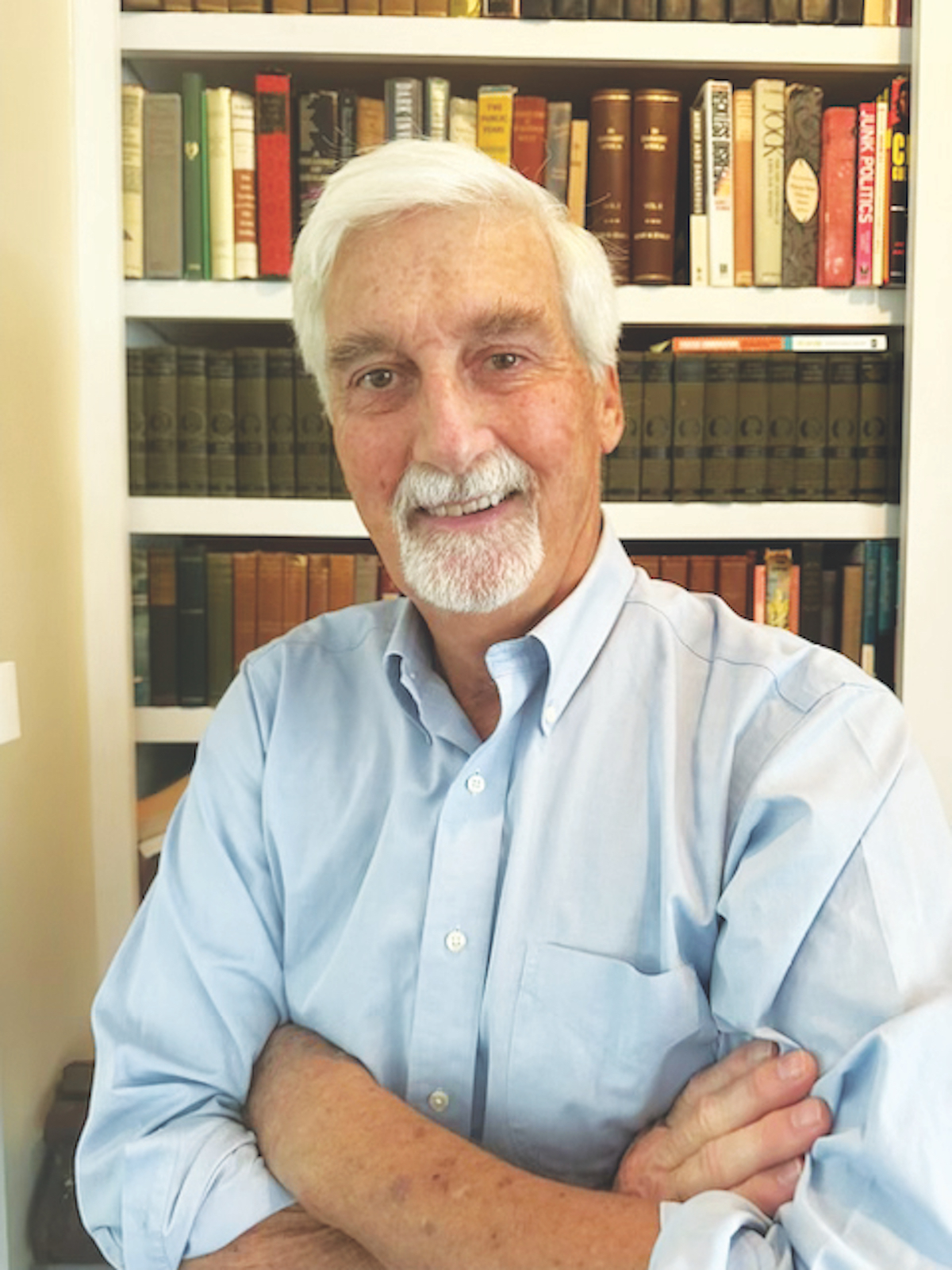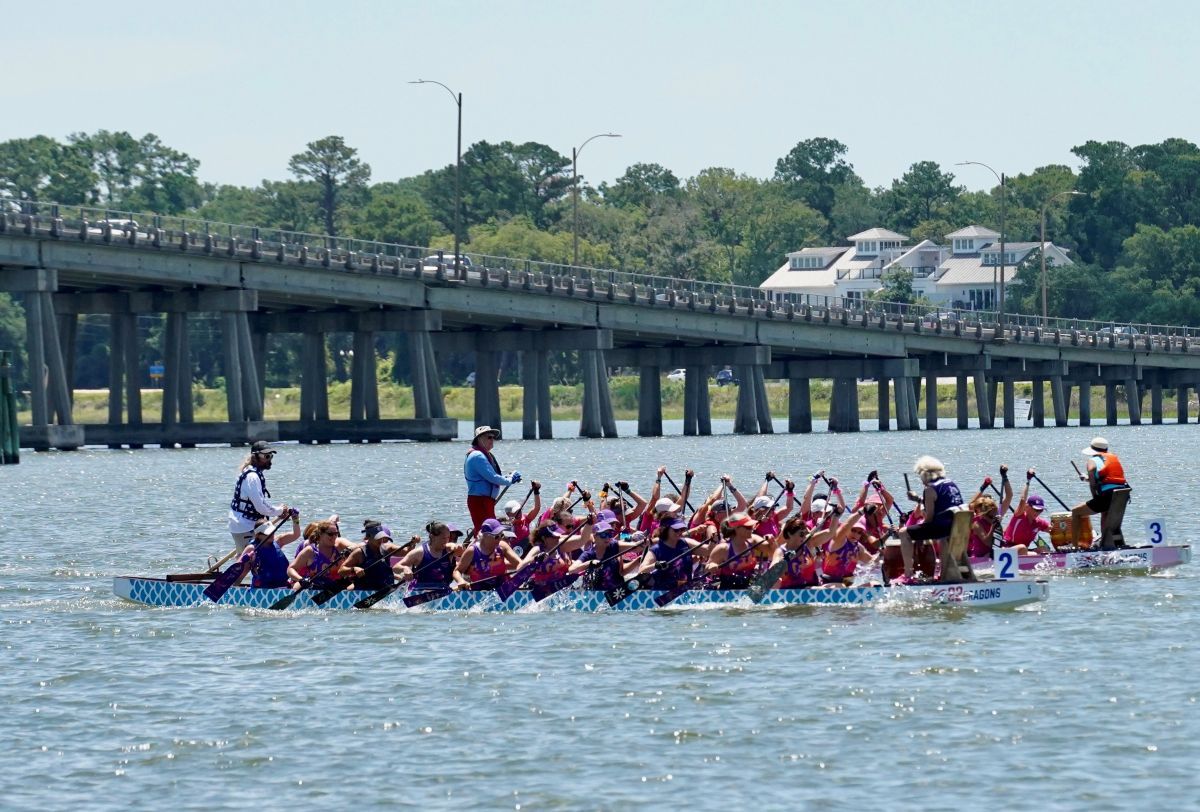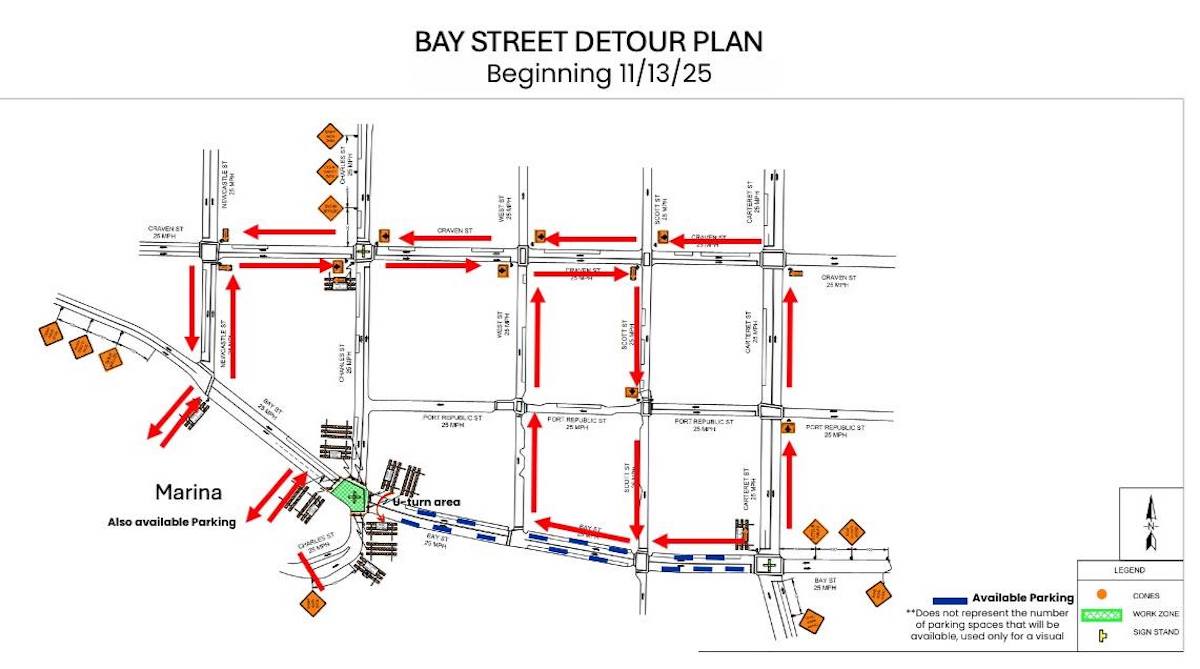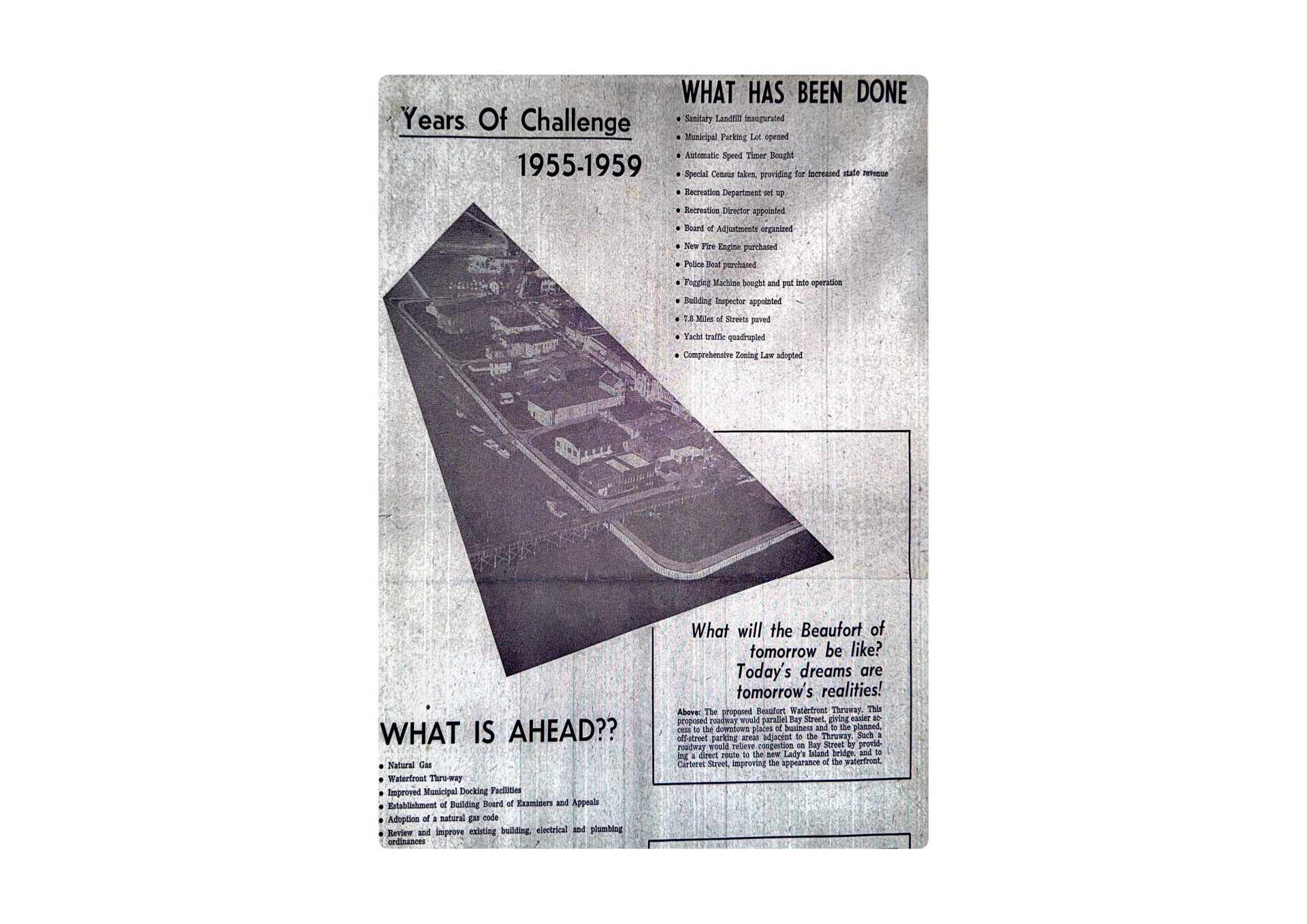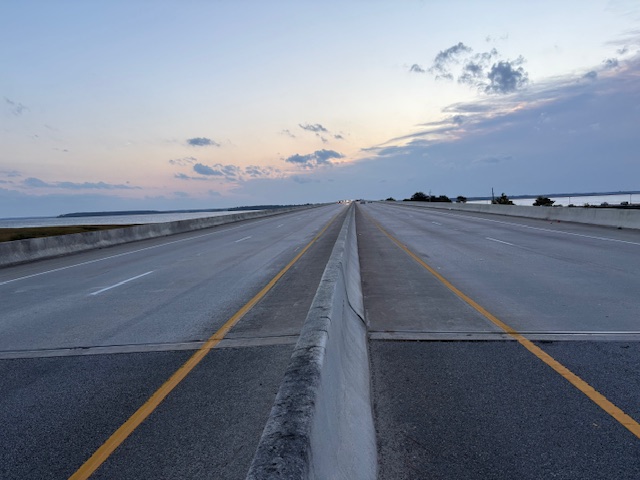By Bill Rauch
Beaufort’s Henry C. Chambers Waterfront Park is collapsing in on itself. Understanding it must do something, City Council asked the city’s Waterfront Park engineering consultants, McSweeney Architects, to present them with alternatives.
The presentation was last week. It was pretty dry stuff, except when Waterfront Advisory Committee Chairman Mike Sutton invited citizen-activist Graham Trask to “go outside” to settle their differences. Nonetheless, assuming Council wants to keep Beaufort’s signature park more or less as it was when it was at its best (which they do), the discussion came down to three decision points.
Here’s my take on the three hot spots.
1. Do we want cruise ships? Yes. This discussion is as old as the park, and it always comes out the same way. No one really wants them because the ships block the view, and the downtown merchants say cruise ship passengers don’t spend real money when they come ashore. But the downtown business community doesn’t really want to be inhospitable and say “no” to them either, because the cruise ship passengers are typically better heeled than the bus people, and maybe they’ll come back later and stay awhile.
The solution here, as proposed by Sutton, is to construct a mooring dolphin at the end of the park closest to the marina. The water’s deeper there; the view out to the Port Royal Sound from the park is less obstructed when the cruise ships are tied up at that end of the park; and if it must not accommodate commercial traffic, the park’s seawall wouldn’t have to be constructed to commercial pier specifications that would be more costly than providing the dolphin.
A mooring dolphin is a slip created by several clusters of pilings (each of which cluster is bound together by cables) to which the cruise ships can be made fast. The “slip” would be close enough to the seawall that the cruise ship’s gangway could reach the Waterfront Park promenade.
2. Do we want to continue the relieving platform design? No. Time has shown that the 570 steel-reinforced concrete pilings that hold up the park do not hold up to the challengers presented them by the Beaufort River.
Instead, the consultants propose as an alternative constructing a steel seawall where the present facia panel is and then backfilling the 36 feet behind that to where the existing seawall is. (Readers, please accept my apologies for asserting in an earlier column that the width of the shelf that holds up the park is 65 feet back from the facia panel. It is not. It is 36 feet, according to the park’s original construction plans.) This would mark the end of the troubled relieving platform system. The park would rest on something solid, just as Freedom Mall rests on dredge spoils. If this alternative were pursued, exactly what material or materials would best be used for the backfill is still an open question.
While not yet set in stone, the South Carolina Department of Health and Environmental Control (DHEC) has recently suggested, according to the consultants, that the critical line is along the outside of the park’s promenade where the existing facia panel is. If that holds true, getting the redesign (steel seawall) permitted will be a lot simpler.
3. Given current sea level rise data, by how much should the existing promenade be raised to avoid flooding? Should there be a second somewhat higher barrier to protect from flooding the buildings on the river side of Bay Street? And what about raising the marina parking lot? Yes, yes and yes.
The elevation of the park’s promenade is currently at about six-foot Mean Sea Level (MSL). Because of sea level rise, in recent years, at very high tides the Waterfront Park promenade has experienced flooding. As was suggested at last week’s meeting, raise the park’s edge about a foot to avoid near-term future flooding, and engineer the perimeter so that when an additional foot or two are needed, the underpinnings will be there to support it. Future councils will thank you.
The elevation of Bay Street is 10.5-to-11.0-foot MSL. To protect the riverside buildings from flooding, raise the walkway on the backside of the park (where it abuts the businesses) to about 9.5-foot MSL. And don’t forget the marina parking lot. It should be redesigned to preserve the present number of parking spaces. The space that’s been saved should be devoted to an up-to-date marina store, and bus access to the Waterfront Park. Nowhere in the redesigned marina parking lot should be lower than 7.5-foot MSL.
For the purposes of funding, the project described here could be phased with the new seawall and raising the park’s perimeter coming first, the barrier protecting the businesses that back up to the park second, and the improvements to the marina parking lot third.
As I mentioned to several City Councilmen when we were together last week, once there’s a plan and a budget, the needed money will materialize from the county, the state and the federal government. There’s a gubernatorial race starting up right now. All the candidates should be on record supporting funding for the project. Nancy’s Mace’s seat is up. All those running there should likewise be on record.
That’s the way the game is played. And that’s how Beaufort’s signature park can be fitted out to serve for the next 50 years.
Bill Rauch was the Mayor of Beaufort from 1999 to 2008 and has won multiple awards from the S.C. Press Association for his Island News columns. He can be reached at TheRauchReport@gmail.com.


